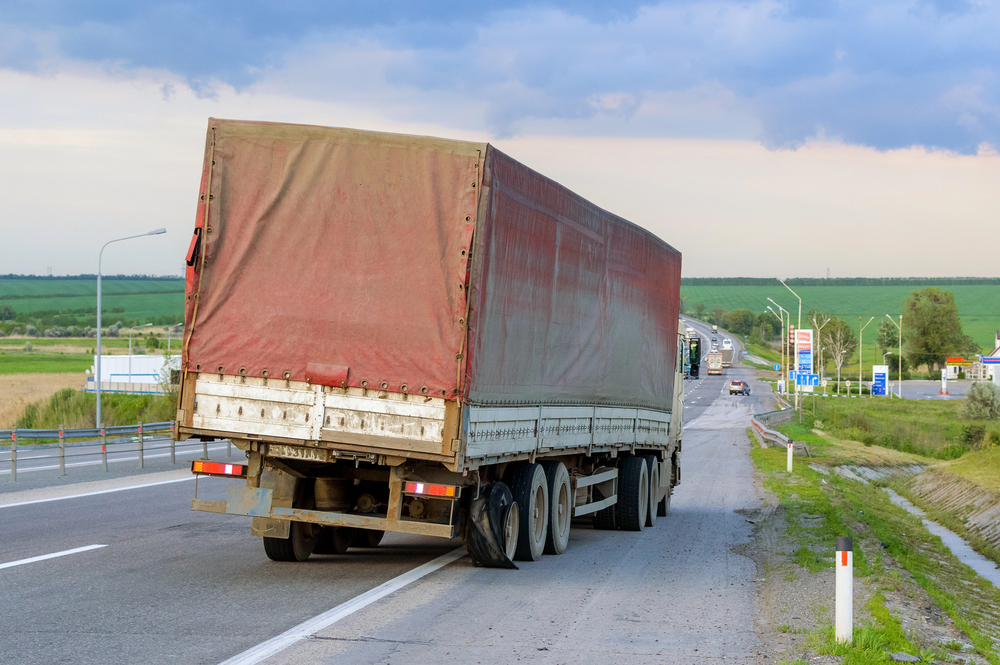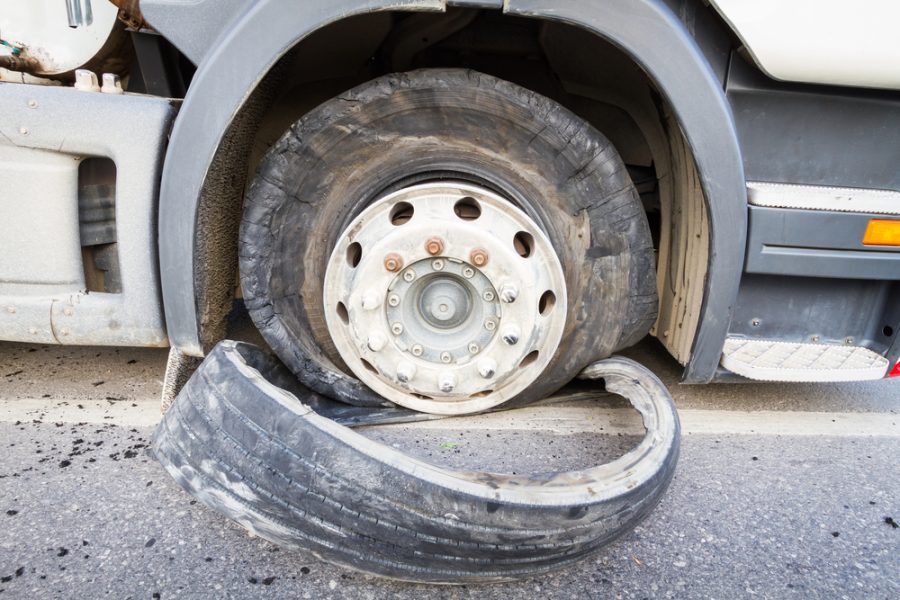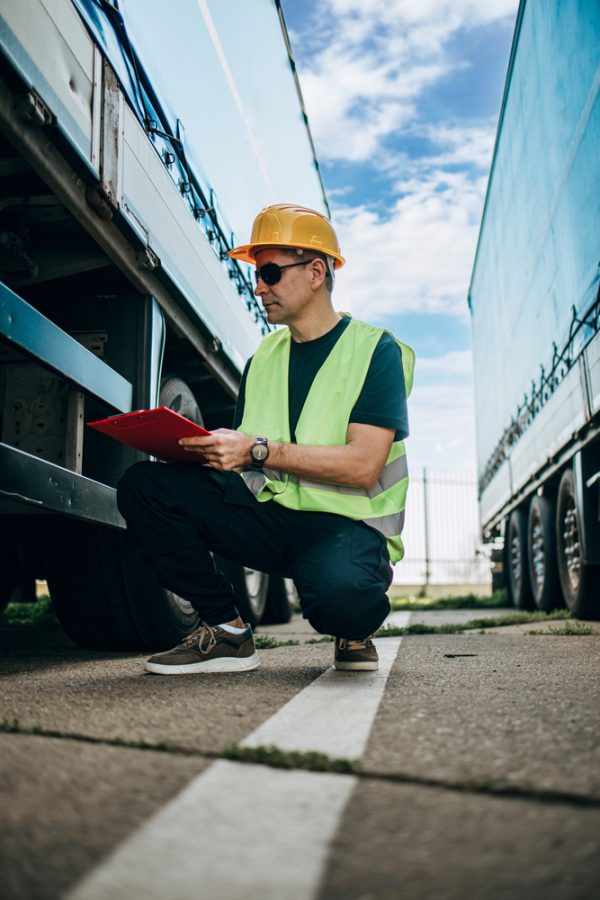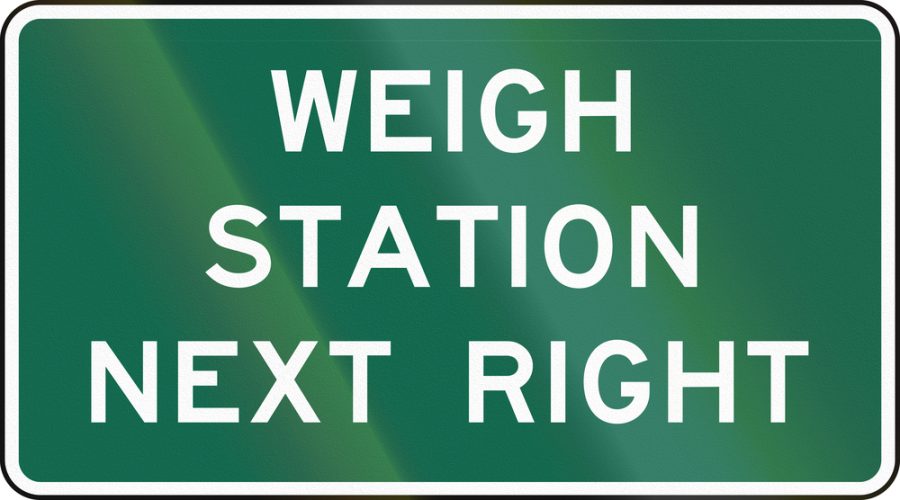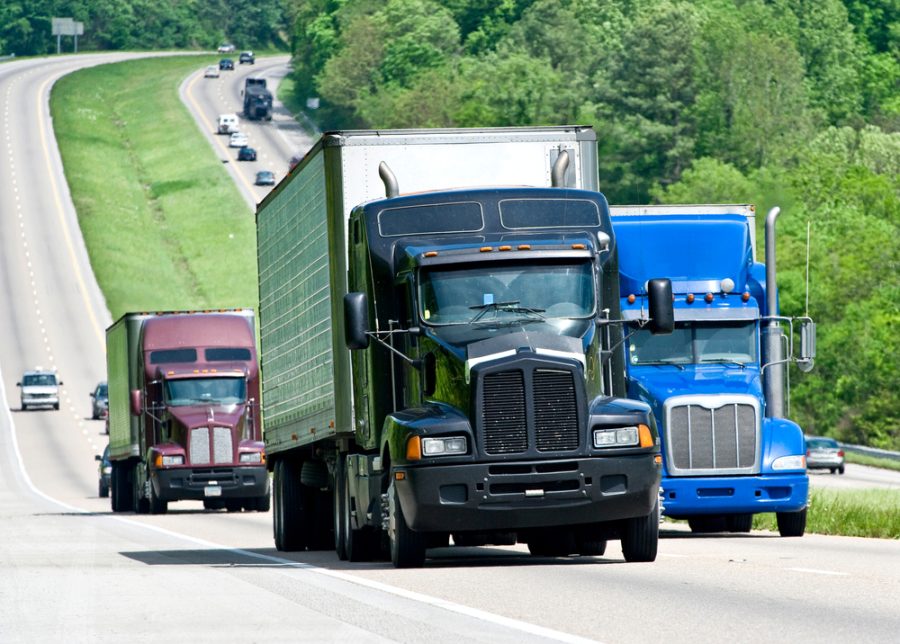Introduction
You’re driving down the highway in your semi when you hear a loud bang. A blowout. A blowout can turn bad fast. Tire blowouts in semis are big deals and can cause you to lose control and put yourself and others at risk. With the size and weight of a semi, you need to know how to handle this situation.
If you get a blowout in your semi, stay calm and keep control of your truck. Slow down, hold the wheel firmly, and don’t make any sudden movements. Once you’re stopped, assess the situation and get professional help to replace the tire. Preventing blowouts is all about regular tire maintenance; proper inflation, regular inspections for wear and tear, and timely replacements.
What is a Blowout
What is a Blowout?
A blowout is when there is a sudden and rapid loss of air pressure in a tire, usually accompanied by a loud bang and loss of vehicle control. In semis, blowouts are big deals because of the heavy loads and long distances they haul. Common causes of blowouts in semis are overloading poor maintenance, and road hazards. Overloading puts too much stress on the tires which can cause them to fail. Poor maintenance, not doing regular tire inspections, or not maintaining proper tire pressure also increases the risk of blowouts. Road hazards like debris, potholes, or sharp objects can puncture or damage tires and cause sudden blowouts.
A blowout will create a road hazard. The sudden loss of air pressure will cause the vehicle to pull hard to one side and be difficult to control. This can lead to swerving, jackknifing, or even rollovers if not handled properly. So a quick and calm response is key. Stay calm, hold the wheel firm, and slow down as straight as possible. Get to the side of the road and stop and you can assess and respond to the blowout and minimize the risk to yourself and others.
Signs
Hearing a loud bang from your tire: One of the most obvious signs of a blowout is a loud bang coming from your tire. That’s a blowout and you need to respond fast.
Feeling a sudden tug to the left or right: When a blowout happens the truck may pull hard to one side. That’s because the blown tire causes an imbalance and the truck will steer towards the side of the blown tire. That’s a clear sign something is wrong and needs to be addressed now.
Loss of air pressure: A blowout causes an instant and big loss of air pressure. That’s felt as a big change in the way the truck handles and feels. The deflation of the tire affects the tire’s ability to support the truck so you need to recognize and react to this sign to stay in control and safe.
What to do in a Blowout
If you get a blowout while driving do this to minimize the risk to yourself and others on the road.
Stay Calm: In a blowout stay calm. Panicking will make you overreact and make things worse. Staying calm will allow you to think clearly and take the right actions to get back in control of your truck.
Firm Grip: To stay in control of your truck grip the wheel with both hands. This will help you manage the sudden changes in balance and direction caused by the blowout. Don’t overcorrect the wheel, sharp movements will make you lose control or make the truck swerve wildly.
Slow Down: Gently take your foot off the accelerator. Don’t slam on the brakes, that will make things worse. Instead, accelerate slightly and steer to the right to slow down and stay in control.
Pull Over: Once you’ve slowed down and stabilized the truck steer to the right lane and find a safe place to pull over. That will minimize the risk to yourself and others.
What to do once you’re off the road: Once you’ve pulled over turn on your hazard lights. Assess the situation and call roadside assistance. If it’s safe to do so get out of the truck and move away from traffic. Stay calm and follow these steps and you’ll be safe and so will others on the road.
Tips
Maintenance
Regular maintenance is key to preventing blowouts in semi-trucks. With the weight and distance these trucks travel regular maintenance is critical for safety and performance. Regularly scheduled maintenance allows you to catch potential problems before they become blowouts. That includes checking tire pressure which should be done frequently to maintain the recommended air pressure. Properly inflated tires perform, better wear more evenly, and reduce the risk of sudden failure on the road.
Checking tires for wear and damage is another part of maintenance. Over time tires can develop wear patterns and damage that’s not visible but can weaken the internal fabric and steel cords. Regular inspections will help you catch these issues early so you can repair or replace them before they become a problem.
Proper Loading
Proper loading is key to preventing blowouts and the overall safety of your semi-truck. Don’t overload your truck, overloading will put excessive stress on the tires and increase the risk of a blowout. Equally important is to make sure the weight is distributed evenly across all axles. Uneven weight distribution will make some tires carry more load than others and cause uneven wear and more likelihood of failure.
NHTSA Guidelines
Following NHTSA guidelines for tire care is key to the safety and performance of your semi-truck. The National Highway Traffic Safety Administration (NHTSA) stresses the importance of proper air pressure in your tires. Knowing and following the recommended pounds per square inch (PSI) for your tires is critical. Proper PSI will give you optimal tire performance, even wear and reduced risk of blowouts. Checking and maintaining the correct PSI as per NHTSA guidelines will extend the life of your tires and overall vehicle safety.
Roadside Assistance
First, call your safety department or dispatch. They can guide you and coordinate with roadside assistance for you. You can also call roadside assistance directly and get assistance from professionals who are equipped to handle tire-related emergencies. They have the expertise and equipment to get to you fast and get you back on the road safely.
What to Do After a Blowout
Immediate Action
Once you’ve had a blowout while driving your semi-truck you need to act fast to stay safe and others on the road.
- Assess the situation and be safe: First and foremost assess the situation calmly. Make sure you can get your vehicle to the side of the road or a designated emergency stopping area. If you can turn on your hazard lights to alert other drivers to your situation.
- Call roadside assistance if needed: If you can’t fix the blowout yourself or feel unsafe trying to do so don’t hesitate to call roadside assistance. They have the expertise and equipment to handle tire-related emergencies safely and efficiently.
- Notify your company or dispatcher: It’s important to notify your company or dispatcher of the situation. They can provide support and assistance and coordinate any follow-up actions. Communication is key to getting it resolved and minimizing downtime.
Conclusion
Handling a tire blowout in a semi-truck requires immediate action and proactive maintenance. By staying calm and following the steps above you can minimize the risks of blowouts and stay safe and others on the road. Also prioritizing regular tire maintenance and following guidelines such as NHTSA’s will reduce the chances of blowouts in the future.
As a final tip, I recommend you be proactive in preventing blowouts by being vigilant on your truck’s tires. Check tire pressure and inspect for wear and tear regularly to catch issues early and repair or replace. By being proactive and paying attention to tire maintenance you’ll have safer and more reliable miles on the road.
